BSNC’s Village Life Stories Project is an initiative to share the Bering Strait region’s rich cultural history and the lifestyle of Our People. BSNC shareholders and descendants are invited to submit stories of personal experiences about growing up and life in the village to media@beringstraits.com. In her own words, read Amber Cunningham of Unalakleet’s story of moving from Anchorage to Unalakleet.
Urban to Rural Transition
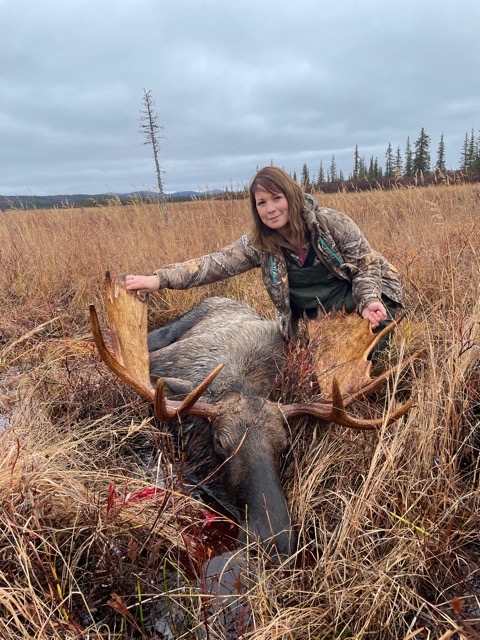
My name is Amber Cunningham. My Inupiaq name is Kapuukaq, named after Jennie Katchatag. I live in the Northwest Alaskan village of Unalakleet, which has about 700 citizens year-round. I am the second oldest of five children: Katie, Jessica, Wayne, James and myself. My parents are Wayne and Carol Wilson. In my younger years, I grew up in the big city of Anchorage with my parents and siblings. After they divorced, I moved to Unalakleet to live with my grandma, aunt, uncles, older sister and cousins. My dad and younger siblings took the long road trip back to his roots, Abilene, Texas.
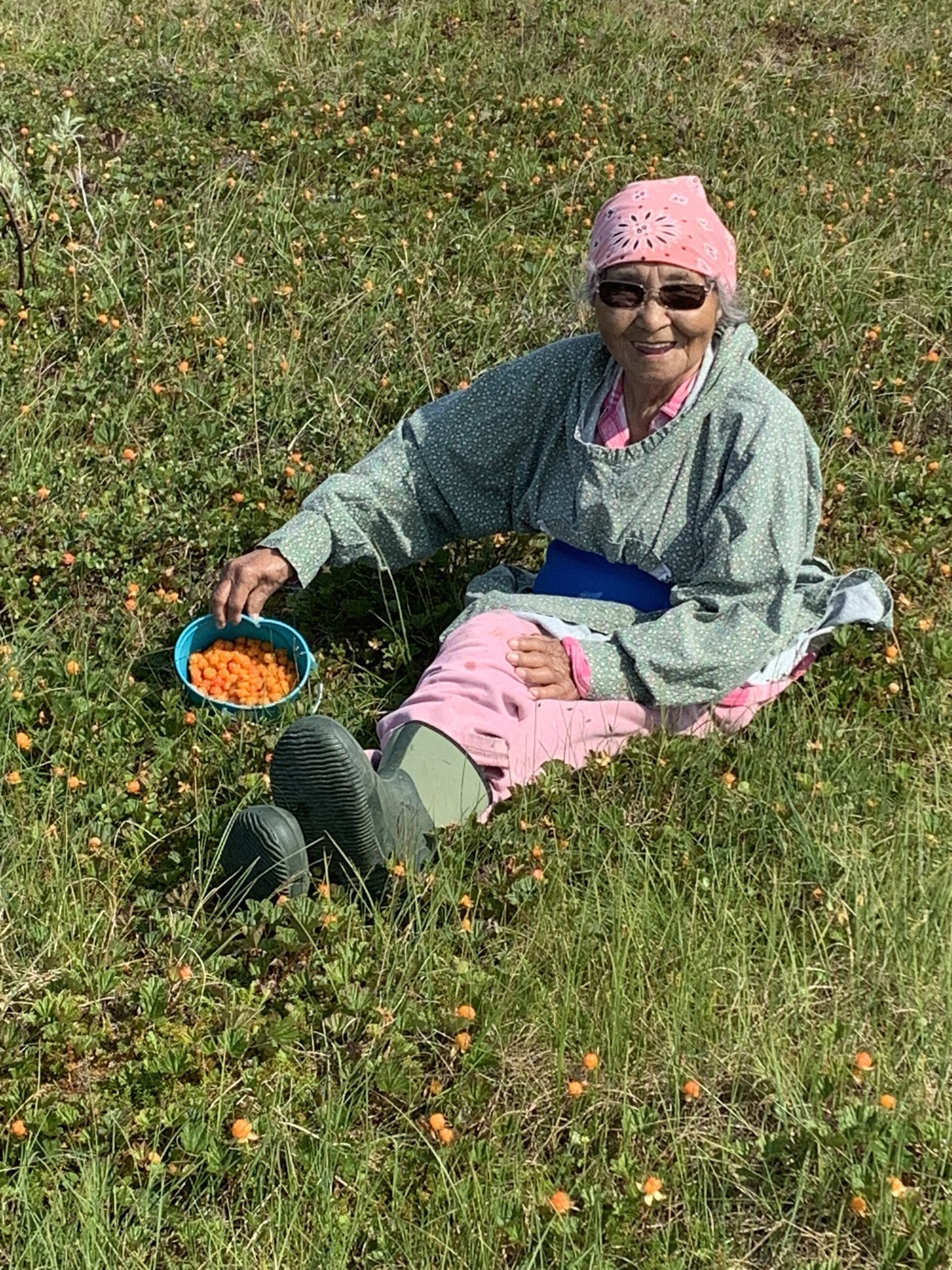
My grandma’s house was full of people all the time. At one point, twelve (12) of us were all under her roof. Her house consisted of my grandma, Uncle Peter, Uncle Arley, Uncle Wes, Aunt Jolene, Katie, Tami, Rachel, Jalen, Lauryn, Justin and myself. My grandma made sure we never went hungry. She knew how to cook for a big group of people every day. With the big meals came the massive piles of dishes that each of the girls in the family took turns washing. Saturdays were clean-up day, and because there were many girls in the family, we were able to split the chores equally and still have plenty of free time to play.
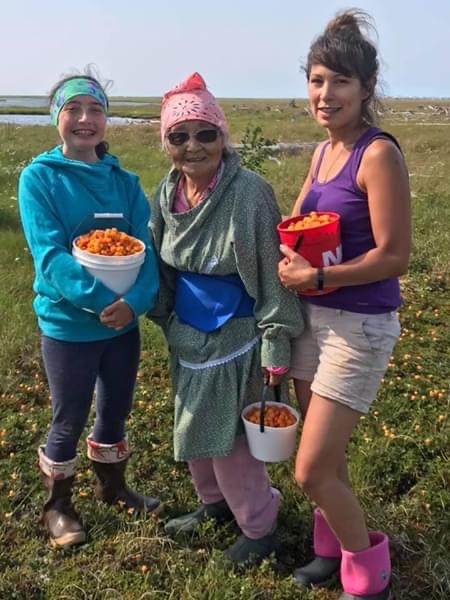 When I moved to the village, I experienced culture shock. My family ate foods that I was not accustomed to, like moose, caribou, muktuk, seal oil, herring eggs, crab, geese, ducks and other wild birds. In my early childhood, we only ate pre-packaged foods that we could purchase from the store, like chicken and beef. Whenever my mom received dried fish or strips from my grandma, we didn’t get much of a taste of it because it was limited in quantity. Because all the subsistence foods were so foreign to me, my grandma didn’t force me to eat much of it. When they were eating goose soup, I made myself Top Ramen. Now that I am a mom, I don’t give my kids a choice. They eat what I cook or don’t get a snack later in the evening. It works for my kids as they have been raised in the village and are accustomed to “village” foods like moose and other subsistence foods.
When I moved to the village, I experienced culture shock. My family ate foods that I was not accustomed to, like moose, caribou, muktuk, seal oil, herring eggs, crab, geese, ducks and other wild birds. In my early childhood, we only ate pre-packaged foods that we could purchase from the store, like chicken and beef. Whenever my mom received dried fish or strips from my grandma, we didn’t get much of a taste of it because it was limited in quantity. Because all the subsistence foods were so foreign to me, my grandma didn’t force me to eat much of it. When they were eating goose soup, I made myself Top Ramen. Now that I am a mom, I don’t give my kids a choice. They eat what I cook or don’t get a snack later in the evening. It works for my kids as they have been raised in the village and are accustomed to “village” foods like moose and other subsistence foods.
 I remember the first time seeing unprocessed meat on the kitchen table. My gram was processing an entire moose leg on her table, and I thought it was a human leg. The hoof was not attached, so I didn’t know what to make of it. Was my gram a cannibal? That night I had a nightmare thinking my gram was going to butcher me up. The next day, I asked her what the meat was that she was cutting, and I was relieved to find out it was moose and not human. But how can she eat moose? In the city, we didn’t eat moose. They were just like horses wandering the city. The kids in my neighborhood used to tease the moose and throw snowballs at them. I remember getting chased by a moose after the kids in the neighborhood tormented it with snowballs. I just happened to be in the wrong place at the wrong time. Luckily, I was right next to an apartment building that was three floors, so I ran up all the way to the top, and to my relief, the moose just ran right on by. I never, in my life, thought moose was something we would ever eat.
I remember the first time seeing unprocessed meat on the kitchen table. My gram was processing an entire moose leg on her table, and I thought it was a human leg. The hoof was not attached, so I didn’t know what to make of it. Was my gram a cannibal? That night I had a nightmare thinking my gram was going to butcher me up. The next day, I asked her what the meat was that she was cutting, and I was relieved to find out it was moose and not human. But how can she eat moose? In the city, we didn’t eat moose. They were just like horses wandering the city. The kids in my neighborhood used to tease the moose and throw snowballs at them. I remember getting chased by a moose after the kids in the neighborhood tormented it with snowballs. I just happened to be in the wrong place at the wrong time. Luckily, I was right next to an apartment building that was three floors, so I ran up all the way to the top, and to my relief, the moose just ran right on by. I never, in my life, thought moose was something we would ever eat.
 Whenever my gram made soup, I would ask her what meat she used before deciding if I would have some. The first time she made moose soup, and I asked what type of meat it was, she told me it was moose and I declined to have any. So, over time, she started to lie about it. Eventually, she got me to eat moose soup and then caribou soup. I don’t recall my gram buying beef chunks from the store because her freezer was always full of meat subsisted from the land. Over time, I grew to love moose and caribou. It wasn’t until I became an adult that I really appreciated the diversity of what Mother Nature provided for us. In fact, I have moose meat thawing right now to make moose soup for dinner, which is perfect for this frigid cold weather.
Whenever my gram made soup, I would ask her what meat she used before deciding if I would have some. The first time she made moose soup, and I asked what type of meat it was, she told me it was moose and I declined to have any. So, over time, she started to lie about it. Eventually, she got me to eat moose soup and then caribou soup. I don’t recall my gram buying beef chunks from the store because her freezer was always full of meat subsisted from the land. Over time, I grew to love moose and caribou. It wasn’t until I became an adult that I really appreciated the diversity of what Mother Nature provided for us. In fact, I have moose meat thawing right now to make moose soup for dinner, which is perfect for this frigid cold weather.
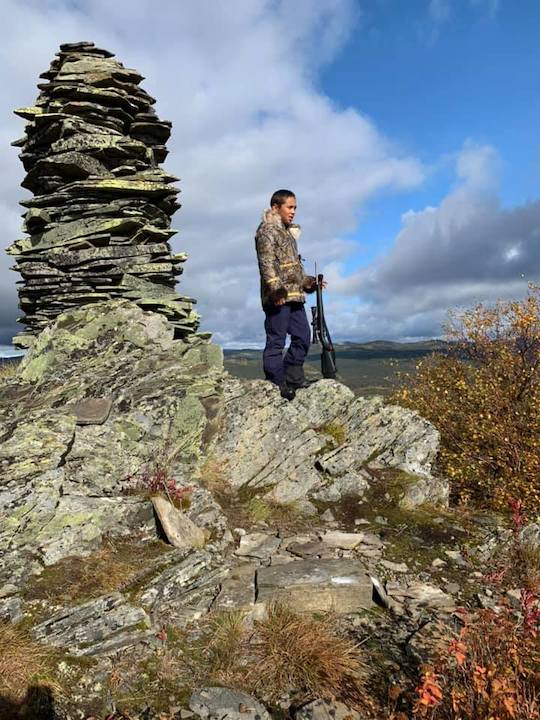 Living in rural Alaska isn’t cheap, so being able to offset some of the costs of living by hunting, fishing, and harvesting proved to be a lifesaver. I learned to live the subsistence way of life from my grandma and aunt Jolene. Although I may not have enjoyed berry picking as much as I should have, I learned that hard work paid off. Inupiaq people were taught at young ages to fill their freezers in the summer to survive the harsh winters. I learned to pick berries and harvest fish from my grandma and aunt when I was a little girl. Then as an adult, I began moose hunting with my cousin, Cyruss. I began to love hunting so much that I spent just about every open hunting day out looking for my bull. This fall was my first time catching a moose all by myself. I felt so proud of myself. The intense feelings of listening to heavy walking in puddled tundra coming from the bushes, anxious to know whether I called out a moose or the bear that was spotted in the same area the night before, made my heart race. To my relief, it was not a bear but my prized moose that fed my family all winter long and was shared with other family members and Elders in the community.
Living in rural Alaska isn’t cheap, so being able to offset some of the costs of living by hunting, fishing, and harvesting proved to be a lifesaver. I learned to live the subsistence way of life from my grandma and aunt Jolene. Although I may not have enjoyed berry picking as much as I should have, I learned that hard work paid off. Inupiaq people were taught at young ages to fill their freezers in the summer to survive the harsh winters. I learned to pick berries and harvest fish from my grandma and aunt when I was a little girl. Then as an adult, I began moose hunting with my cousin, Cyruss. I began to love hunting so much that I spent just about every open hunting day out looking for my bull. This fall was my first time catching a moose all by myself. I felt so proud of myself. The intense feelings of listening to heavy walking in puddled tundra coming from the bushes, anxious to know whether I called out a moose or the bear that was spotted in the same area the night before, made my heart race. To my relief, it was not a bear but my prized moose that fed my family all winter long and was shared with other family members and Elders in the community.
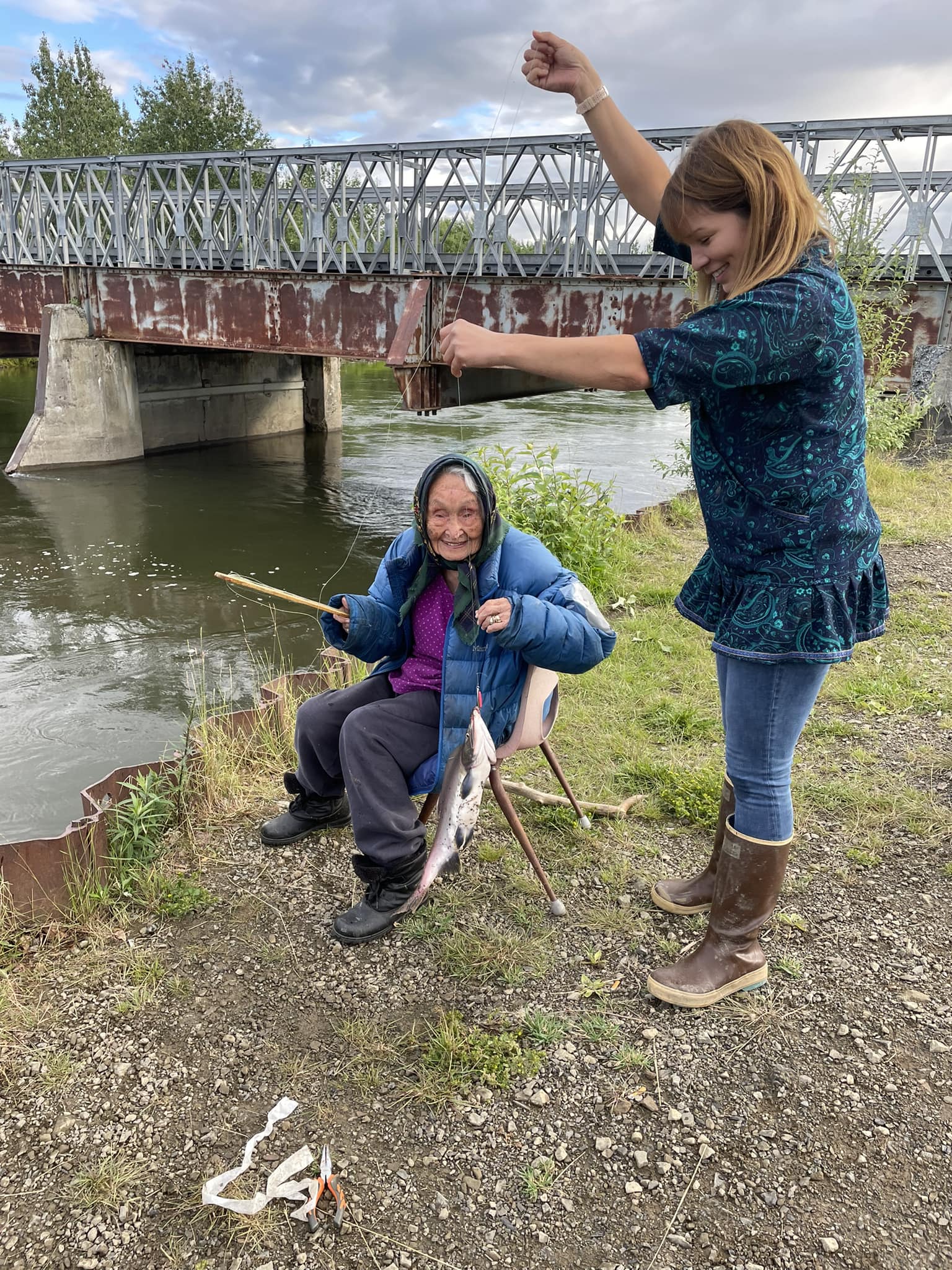 One thing in our culture that we still practice is sharing our catch. It is customary that we give away our first animal, bird, or fish (well, basically anything edible from the land and sea) we catch so that we will be successful in our hunting or fishing in the future. It doesn’t matter what the animal is. If it is edible, the entire animal must be given away. And we don’t just give away to just anyone. It is usually Elders or extended family that the adults or Elders in the family tell the new hunter or fisher to give their catch.
One thing in our culture that we still practice is sharing our catch. It is customary that we give away our first animal, bird, or fish (well, basically anything edible from the land and sea) we catch so that we will be successful in our hunting or fishing in the future. It doesn’t matter what the animal is. If it is edible, the entire animal must be given away. And we don’t just give away to just anyone. It is usually Elders or extended family that the adults or Elders in the family tell the new hunter or fisher to give their catch.
After you catch a moose, you must process the meat before giving it away. The same goes for caribou. If you catch a goose, crane, spruce hen or duck, you must pluck it before bringing it to an Elder. This tradition of sharing one’s catch is vital in keeping our circle of life going as once you become an Elder, you slow down, and subsisting becomes harder to partake in. Sharing is and will always be a large part of our culture and is one thing that cannot be taken from us the way our language and dance has in the past. I share this story to remind our youth to respect our Elders, our land, and animals by only taking what you need and always making sure the Elders in the community are provided for because one day you will be part of the cycle and will need young providers to help fill your freezer as well.
